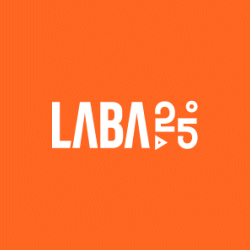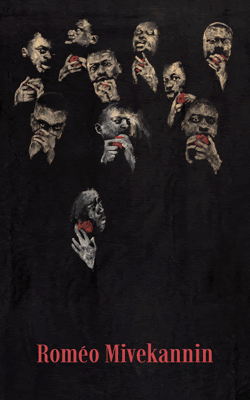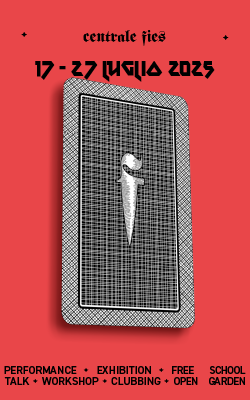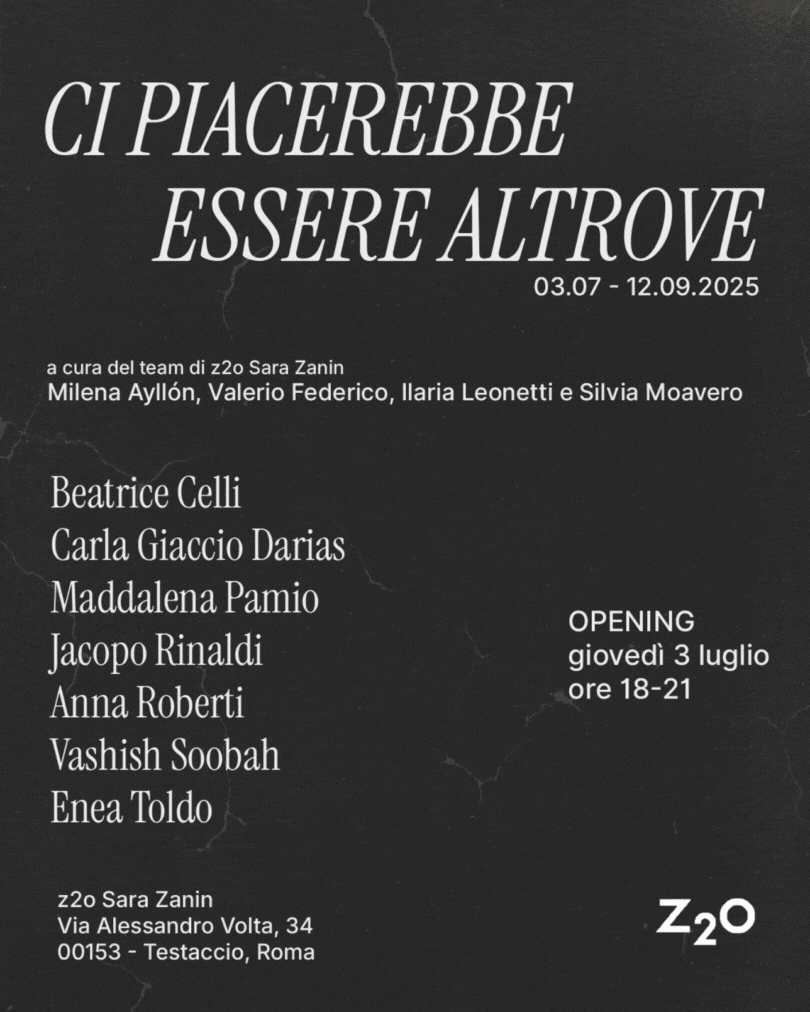
Bruce Conner | It’s All True
Until January 22, 2017
San Francisco Museum of Modern Art
Realist. Surrealist. Hippie. Punk. Bruce Conner (1933–2008) was all of these and more. A pioneer in experimental film, collage, photography, conceptual works, and paintings, he challenged the limitations of medium, genre, and style, constantly breaking new ground. Both of and ahead of his time, Conner continues to exert influence over artists working today. Bruce Conner: It’s All True is the first comprehensive retrospective of this pivotal American artist’s incredible output, bringing together over 250 objects in various media, including film and video, works on paper, assemblages, photographs and photograms, performance, and more. Spanning his five-decade career, the exhibition presents aspects of Conner’s work that have rarely been seen before, from paintings he made in the 1950s to photos from the Bay Area punk scene in the 1970s to video work from the 2000s, as well as numerous works produced in the last decade of his life.
“The often radical shifts in direction of Conner’s artistic practice, the parallel interest in experimental films and material objects, the playful and often irreverent approach to conventions of institutions and collectors—all of this is a sign of a great artist who made a point of not being categorized as a sculptor or a filmmaker and actively embraced change throughout his life, ” said Rudolf Frieling, curator of media arts at SFMOMA. “It then seemed appropriate to make the integration of all these components of his practice the guiding principle for our retrospective.”
“Conner, from the beginning of his career in the late 1950s until the time of his death in 2008, was one of the leading artistic figures in the Bay Area, admired by other artists for his artistic integrity and invention, ” said Gary Garrels, Elise S. Haas Senior Curator of Painting and Sculpture at SFMOMA. “His influence has grown enormously in recent decades, impacting younger artists nationally and internationally including major figures such as Dara Birnbaum and Christian Marclay and emerging artists such as Kevin Beasley and Carol Bove.”
Conner moved to San Francisco from the Midwest in 1957 and, after brief stays in Mexico and other cities throughout the U.S. in the early 1960s, called this city home for the rest of his life. During the course of his extensive career, Conner engaged in close dialogue with SFMOMA curators, conservators and educators, has been featured in numerous group and solo exhibitions and his work remains an important part of the museum’s permanent collection. An early practitioner of found-object assemblage and a pioneer of found-footage film, he achieved international standing early in his career and was a key member of the underground film community and the flourishing San Francisco art world—from the Beat generation, the 1960s liberation era and the punk generation of the 1970s and 1980s, though defined by none.
Exemplifying the fluidity that is now a hallmark of contemporary art, Conner worked sequentially or often simultaneously in a wide range of mediums. Bruce Conner: It’s All True presents a lifetime of work by Conner, whose transformative practice defies straightforward categorization. In a midcentury cultural landscape marked by extremes of devastation and abundance, Conner emerged as a figure adept at repurposing and recombining the detritus of a consumer-driven and media-dominated culture.The exhibition is loosely organized, both chronologically and thematically, emphasizing Conner’s polymorphic abilities by integrating works across mediums and creating atmospheric shifts and densely-installed presentations.
The initial presentation of Bruce Conner: It’s All True is at The Museum of Modern Art in New York (through October 2, 2016). After SFMOMA, the exhibition will travel to the Museo Nacional Centro de Arte Reina Sofía in Madrid (February 21–May 22, 2017).
![Bruce Conner. CROSSROADS [promotional still]., 1976. 35mm film (black and white, sound) transferred to video. 37 min. The Museum of Modern Art, New York and San Francisco Museum of Modern Art (Accessions Committee Fund purchase), with the generous support of the New Art Trust. © Bruce Conner 2016. Courtesy Conner Family Trust](http://atpdiary.com/wp-content/uploads/2017/01/1-moma_conner_crossroads197663-copia.jpg)

Il gioco dell’oca – 100 anni di mostre
Collezione Morra a Napoli
Casa Morra è un nuovo spazio museale creato da Giuseppe Morra a Napoli nel Palazzo Ayerbo D’Aragona Cassano, un complesso di 4.200 mq che sarà gradualmente ristrutturato per accogliere l’ampia collezione Morra: oltre 2000 opere presentate con percorsi tematici e focus su artisti. Un attraversamento nella storia dell’arte contemporanea e nei fondamentali movimenti come Gutai, Happening, Fluxus, Azionismo Viennese, Living Theatre, Poesia Visiva sino alle ricerche più avanzate italiane e straniere. Prosegue così la grande avventura del mecenate napoletano che qui sistemerà la sua ampia collezione, frutto di oltre quarant’anni di presenza attiva nello scenario internazionale dell’arte.
Morra ha pianificato 100 anni di mostre, attraverso il meccanismo del gioco dell’oca fatto di rimandi, attraversamenti e ritorni. Cicli espositivi regolati dall’alchimia dei numeri 3 e 7 che coincidono di volta in volta con il numero di artisti presentati o la quantità di opere e sequenze di mostre.
Primo evento il 28 ottobre con un inedito dialogo di opere di John Cage – Marcel Duchamp – Allan Kaprow. Il principio della casualità anima il percorso simbolico del gioco dell’oca, posto a fondamento dello statuto e del divenire di Casa Morra. La prima mostra si apre pertanto con tre artisti che della casualità hanno fatto pratica creativa, applicando una svolta nel modo di vedere e percepire l’arte: Cage, Duchamp, Kaprow riuniti insieme per mostrare il desiderio di costruire un ambiente in cui agire, fare esperienza sperimentando.
Il carattere di casualità è il primo tratto distintivo dell’opera Stockroom (1961-1992), come sottolineato nelle parole di Kaprow: «…questa versione di Stockroom deve essere dipinta dal visitatore in un colore diverso ogni giorno: bianco, rosso, arancione, giallo, verde, blu, viola, nero, ripetendo questa sequenza ogni otto giorni. Le persone che hanno piacere di partecipare troveranno pennelli adatti, rulli, una scala e qualche cosa per proteggere i vestiti. Sentitevi liberi di partecipare a questo procedimento».
L’introduzione alla funzione del caso richiama l’opera di John Cage Not Wanting To Say Anything About Marcel (1969), costruita sottoponendo un’edizione del dizionario americano al I Ching per determinare la parola o la frase, l’immagine, la composizione e il colore. Evocare l’imprevedibile è una metodologia per pensare l’arte secondo Duchamp, di cui Casa Morra propone una costruzione alternativa mostrando le diciotto incisioni realizzate per Arturo Schwarz e contenute nei suoi due volumi The Large Glass and Related Works del 1967-68, insieme ad altre sei importanti opere tra cui Rotoreliefs e A l’Infinitif.
L’evento inaugurale, preludio di un vortice di attività che animerà sempre più i nuovi spazi, sarà celebrato da due progetti performativi: CAGE 1 – 13 di Daniele Lombardi, con l’esecuzione di tredici pièces di John Cage, insieme con Ana Spasic, Jonathan Faralli, l’ensemble puntOorg, Luigi Esposito, Bruno Persico e Maria Teresa Fico; la video installazione/concerto Decameron di Emanuel Dimas De Melo Pimenta, un lavoro complesso creato per Morra ed elaborato integralmente in realtà virtuale, un oceano di esperienze aperte alla libera partecipazione del pubblico attraverso tre tracce audio da downloadare e liberamente diffondere negli spazi di Casa Morra dal proprio dispositivo.













